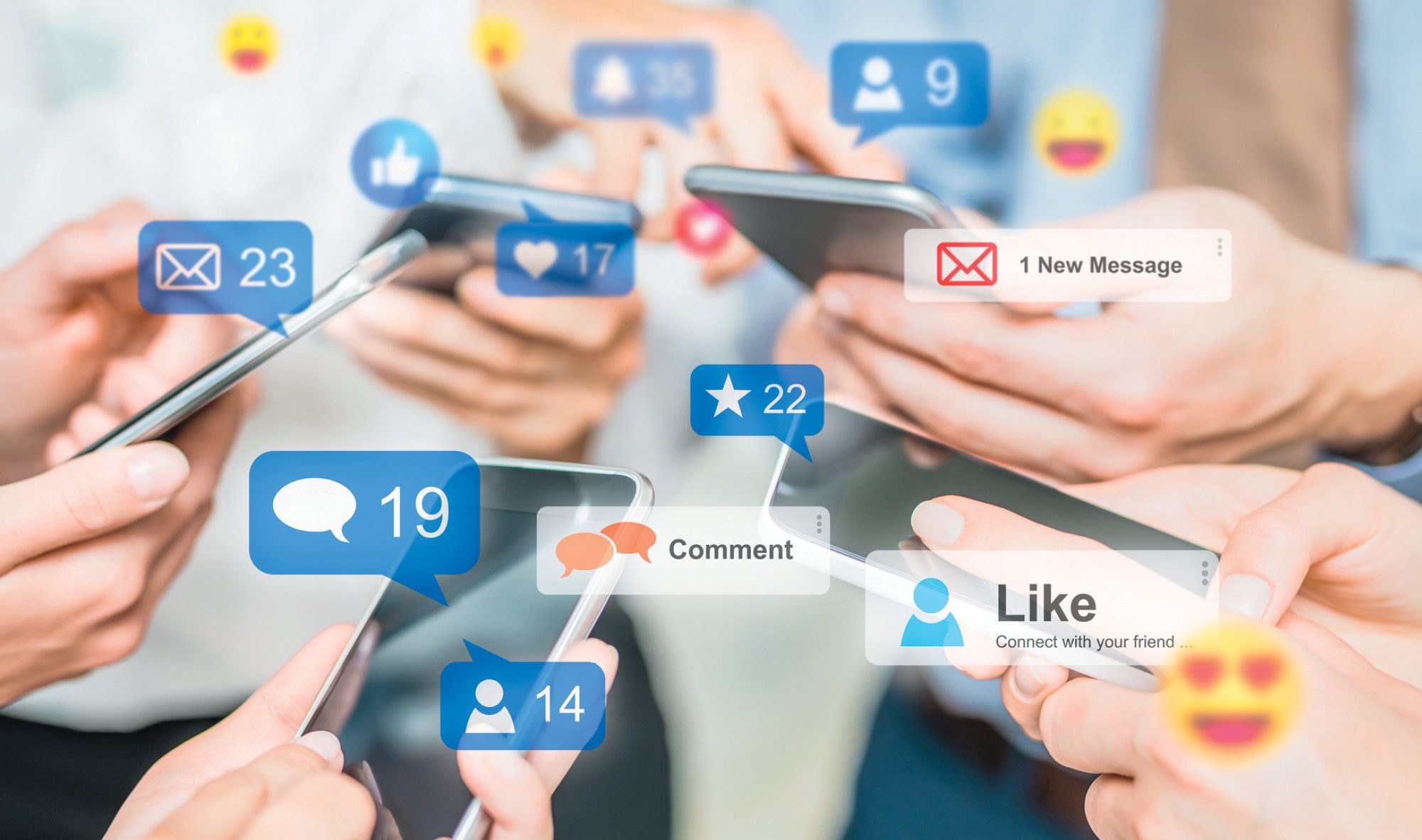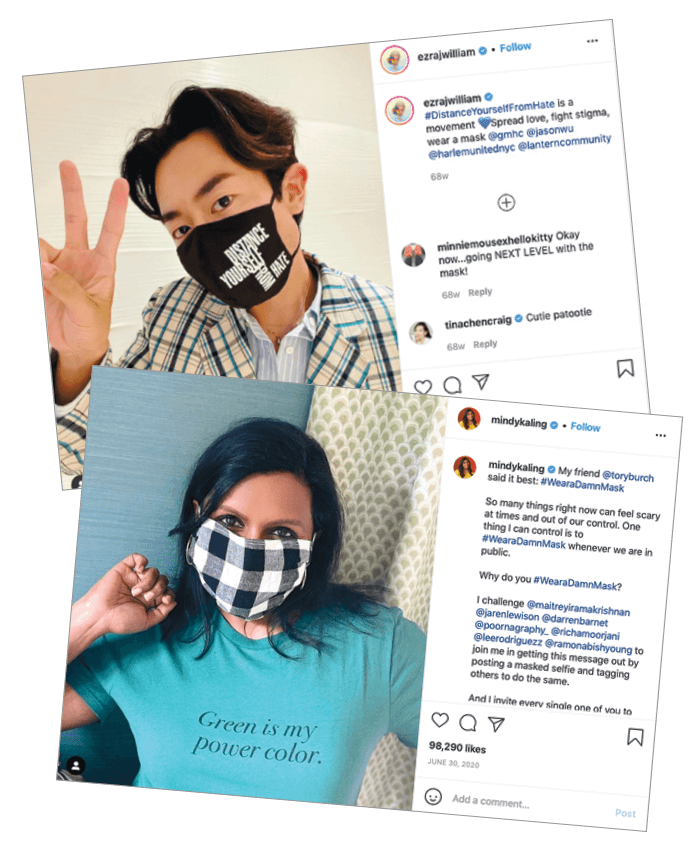Who wields influence on social media?

Want to spread gossip? Seek out a social media celebrity. Want to go viral with a cutting- edge new product or unique idea? You may need to look elsewhere.
A new study by Assistant Professor Douglas Guilbeault found that popular influencers aren’t the most influential people to spread anything more complex than a new flavor of hard seltzer or a meme. Rather, the most innovative or provocative new technologies, social movements, and behaviors spread wider and faster from those on the fringes—what Guilbeault and co-author Damon Centola of the University of Pennsylvania term “complex contagions.”
“For unfamiliar ideas, the people on the edges of a network suddenly have the greatest influence across an entire community.”

“With ideas or behaviors that require a lot of peer reinforcement to catch on—for example, wearing masks—the most influential people in a network are often those who don’t have the most connections and who are not the most central in traditional terms,” says Guilbeault. “For unfamiliar ideas, the people on the edges of a network suddenly have the greatest influence across an entire community.”
That’s because in order for a new idea or behavior to take off, people need to be exposed to it from multiple sources that they trust and can relate to. Eyeballs don’t equal influence: Asking Kim Kardashian or a celebrity on TikTok to persuade people to get COVID vaccines may be more polarizing than persuasive. But when our friends and neighbors all think something is a good idea, we tend to start to think so, too.